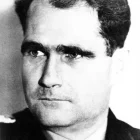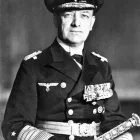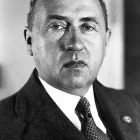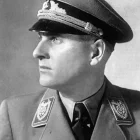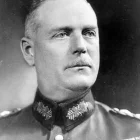- Military History
- Prisons, Prisoners & Camps
- Military Prisons
- Spandau Prison in West Berlin
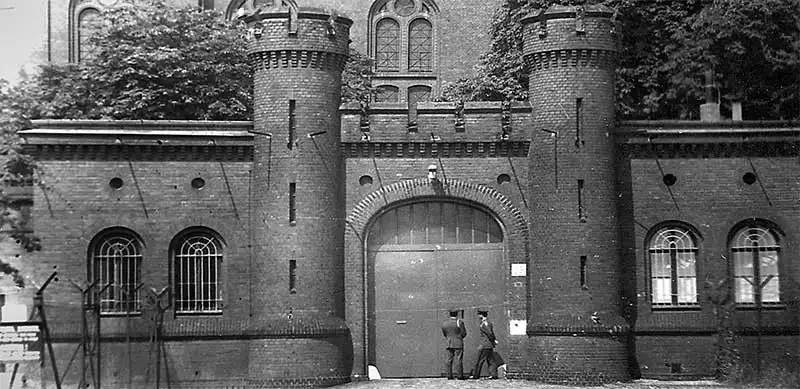
Spandau Prison in West Berlin The prison that housed seven Nazi war criminals who were sentenced at the Nuremberg Trials
Spandau Prison in West Berlin housed seven Nazi war criminals who were sentenced at the Nuremberg Trials. Built in 1876, the red brick prison was located in the municipality of Spandau and designed to hold 500 to 600 prisoners. During the Third Reich, the National Socialists used it as a way station for political prisoners being deported to concentration camps.
After World War II, following the proceedings of the International Military Tribunal at Nuremberg, the seven members of the Nazi hierarchy who were not executed were sentenced to serve their terms in Spandau: Rudolf Hess (Deputy Führer), Erich Raeder (commander and chief of the German navy from 1928 to 1943) and Walther Funk (Nazi economics minister from 1937 to 1945) were sentenced to life. Albert Speer (architect and Reich Minister of Armaments and War Production from 1942 to 1945) and Baldur von Schirach (Nazi youth leader and governor of Vienna) were sentenced to 20 years. Konstantin Freiherr von Neurath (German foreign minister from 1932 to 1938) was sentenced to 15 years and Karl Dönitz (Grand Admiral and German Chancellor after Hitler's death) was sentenced to 10 years.
On 18 July 1946, these inmates arrived to begin their respective sentences behind the prison's walls.
Spandau, as part of the postwar settlement among the Allies, was jointly administered by the United Kingdom, the United States, France, and the Soviet Union. The day-to-day operation of the prison rotated among the four powers every three months. Even at the height of the Cold War, the prison remained a site of mutual cooperation between East and West. The majority of the prison's maintenance costs were paid for by West Germany.
The life of the inmates was highly structured with visits and correspondence closely monitored and controlled. Schirach, Dönitz, Neurath, Raeder, Speer, Funk and Hess were numbered one through seven, respectively, and referred to only as such. Of the seven only four served their whole terms.
On the grounds of health and age Neurath was released on 6 November 1954, Raeder on 26 September 1955 and Funk on 14 May 1957. Dönitz served his term and was released on 1 October 1956. Ten years later Speer and Schirach were finally released.
From that point on Hess, once Hitler's third in command, remained the lone inmate in a giant prison. The cost of maintaining a prison for one person coupled with the impression that Hess had served his time, increasingly became a contentious issue for Germans. While the three Western powers were sympathetic to Hess' release, the Soviet Union insisted that he serve out his sentence. Moscow believed that his continued incarceration was a symbolic reminder of the crimes and punishments of the Nazi past. Hess' sentence ended in 1987 when, at the age of 93 when he committed suicide. Spandau Prison was subsequently demolished to prevent it from becoming a shrine for right-wing and neo-Nazi groups.
- German Empire (1866-1918)
- Germany - Weimar Republic (1919-33)
- Germany Nazi (1933-1945)
- Germany (1949-Today)
- WWII (1939-1945)
- Cold War (1947-1991)
- {{#owner}}
- {{#url}} {{#avatarSrc}}
{{name}} {{/url}} {{^url}} {{#avatar}} {{& avatar}} {{/avatar}} {{name}} {{/url}} - {{/owner}} {{#created}}
- {{created}} {{/created}}


